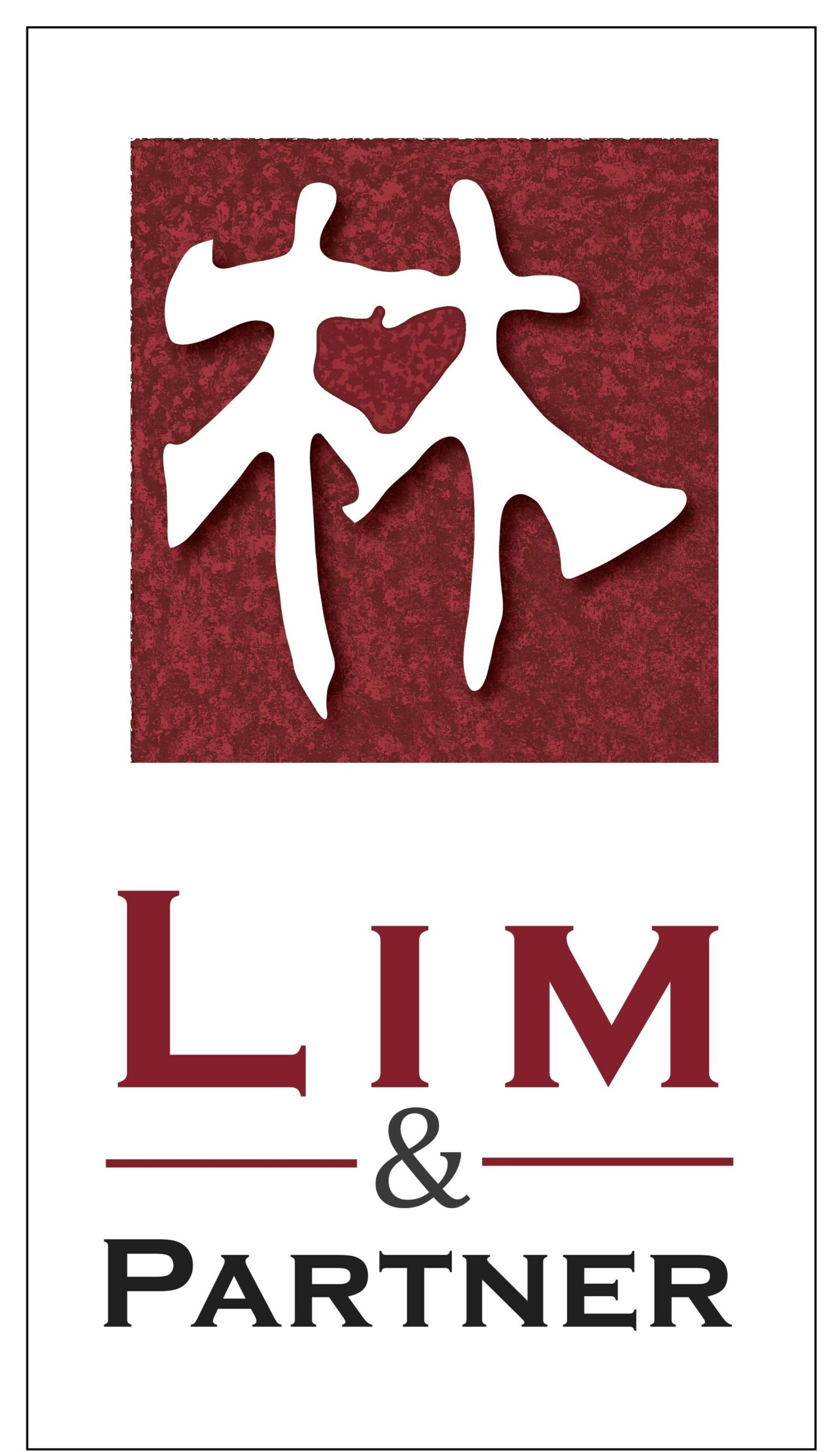
Thailand’s executive search landscape is evolving rapidly in 2025, fueled by technological advancements, globalization, and a heightened emphasis on diversity and inclusion. To thrive in this dynamic environment, executive search firms and companies must adopt innovative strategies and best practices.
1. Digital Transformation in Executive Search
- Leverage AI and Data Analytics: Artificial Intelligence (AI) is revolutionizing executive search. AI-powered tools can streamline candidate sourcing, screening, and assessment, saving time and resources. Data analytics can help identify high-potential candidates and predict their performance.
- Optimize Online Presence: A strong online presence is essential for attracting top talent. Maintain active profiles on LinkedIn, professional networking sites, and social media platforms. Showcase your expertise, thought leadership, and company culture to engage potential candidates.
- Virtual Recruitment: The COVID-19 pandemic accelerated the adoption of virtual recruitment. Virtual interviews and assessments offer convenience, cost-effectiveness, and a broader reach, enabling you to connect with a wider pool of candidates.
2. Prioritizing Cultural Fit and Localization
- Understand Thai Business Culture: Thai business culture is unique, emphasizing relationships, hierarchy, and indirect communication. Understanding these nuances is crucial for building rapport with candidates and ensuring a successful placement.
- Localize Your Approach: Tailor your messaging, branding, and recruitment strategies to the Thai market. Partner with local experts or executive search firms with in-depth knowledge of the local talent landscape.
- Language Proficiency: While English proficiency is common among Thai executives, fluency in Thai can be a significant advantage. Consider having recruiters or hiring managers who are proficient in Thai to facilitate effective communication with candidates.
3. Fostering Diversity and Inclusion
- Expand Your Talent Pool: Actively seek candidates from diverse backgrounds, including women, ethnic minorities, and individuals with disabilities. A diverse workforce brings a wider range of perspectives and experiences, enhancing innovation and problem-solving.
- Promote Inclusive Practices: Create a workplace culture that values diversity and inclusion. Implement policies and training programs to mitigate unconscious bias and ensure fair and equitable treatment for all employees.
4. Building Strong Relationships and Networks
- Nurture Long-Term Partnerships: Cultivate strong relationships with clients and candidates based on trust, transparency, and mutual respect. A reputation for integrity and professionalism will attract top talent and foster repeat business.
- Network Actively: Attend industry events, conferences, and networking opportunities to connect with potential candidates and stay informed about market trends.
- Leverage Referrals: Employee referrals are often a valuable source of high-quality candidates who are a good cultural fit for your organization. Encourage and incentivize referrals from your employees.
5. Adapting to Evolving Regulations and Trends
- Stay Informed: Thai labor laws and regulations are subject to change. Stay abreast of any updates to ensure compliance and avoid legal issues.
- Embrace New Technologies: Continuously explore and adopt emerging technologies that can enhance your search capabilities. This could include blockchain for secure data management, virtual reality for immersive candidate experiences, or predictive analytics for talent forecasting.
By embracing these best practices, executive search firms and companies can navigate the complexities of the Thai market and secure the top talent needed to drive organizational success in 2025 and beyond.
To know more about successful headhunting tips in Thailand, check this article from us.
Sources:
“The Future of Recruiting: How AI is Transforming Talent Acquisition” – Forbes
“Thai Business Culture: The Essential Guide for Foreigners” – ASEAN Business News
“Diversity and Inclusion in the Workplace: Benefits, Challenges, and the Required Managerial Tools” – MDPI https://www.mdpi.com/2071-1050/12/22/9551
